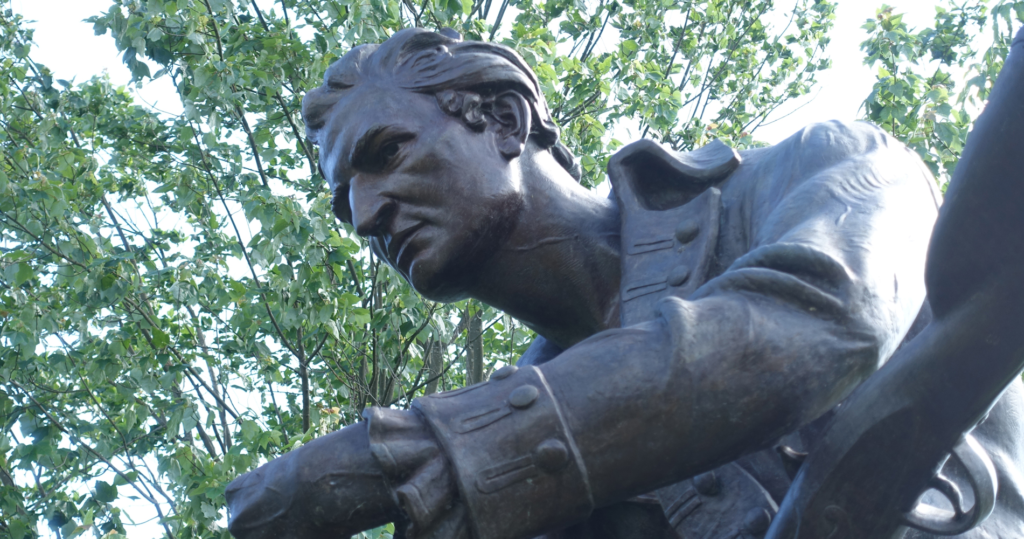
Leigh E. Schmidt’s essay for Aeon.com examines the phenomenon of public memorials representing humanism, freethought and atheism:
American freethinkers had long been preoccupied with the public memorialising of their incredulity and anticlericalism. They wanted to enshrine their commitment to scientific rationality over biblical revelation, their strict construction of church-state separation, and their worldly focus on human happiness in the here and now. They wanted their humanistic beliefs recognised in a nation that routinely pictured itself in godly, covenantal and Christian terms. They wanted their secularism to be visible, out in the open rather than closeted away, celebrated rather than hidden. They wanted to render a secular public sphere tangible, to give it corporeality and granite-like solidity, so they strove to erect monuments, memorials and museums.
